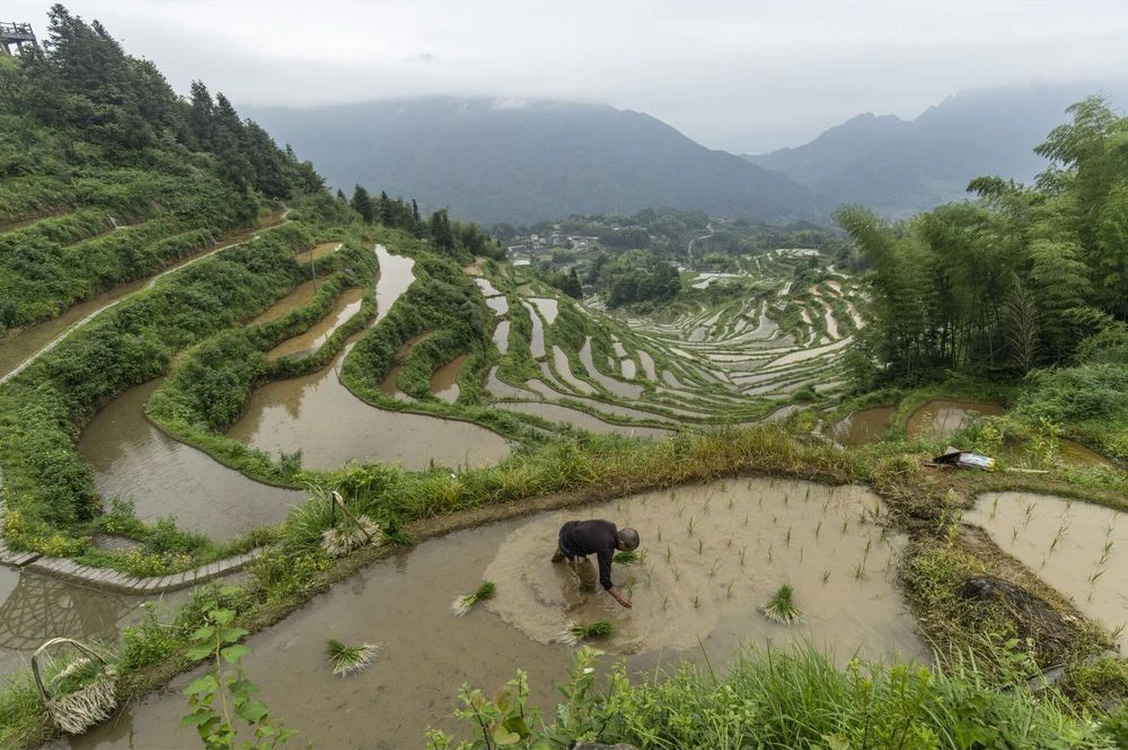
Another exceptionally hot summer, accompanied by drought, flooding and typhoons, is risking Chinese crop harvests and lifting power demand as climate change creates more extreme weather.
In the latest developments, more than 5,000 people were evacuated and rice fields were saturated following a dike breach in Hunan province late on Friday. Authorities have issued flooding alerts in Shandong and Sichuan for this week, and warned that several major waterways – including the Yangtze and Yellow Rivers – are at risk of overflowing.
Temperatures were above-normal in June and will exceed average levels by even more this month, the National Climate Centre said in a briefing late last week. Different parts of the country are being simultaneously hit by floods, droughts and tropical storms, threatening to spur food inflation if output of wheat, soybeans, rice and corn is affected.
China will see more extreme weather events in the coming years due to the impact of climate change, Yuan Jiashuang, deputy director at the climate centre, said at the briefing. The China Meteorological Administration has begun a new round of zoning of agricultural resources, the first time they’ve done this in 40 years, to help the sector adapt, she said.
Eastern, western and central China will see temperatures that are 1C to 2C above average over July, according to the climate centre, compared with 0.7C higher-than-normal across the country last month.
The increased risk of heat waves may reduce output of crops such as cotton and rice, Jia Xiaolong, another deputy director at the climate centre, said at the briefing. Eastern China, meanwhile, is set to experience severe rainfall and flooding this month, raising the risk of secondary disasters like landslides, he said.